Corporate Social Responsibility Analysis: Levi Strauss & Co. Report
VerifiedAdded on 2023/01/13
|7
|758
|48
Report
AI Summary
This report analyzes the corporate social responsibility (CSR) of Levi Strauss & Co., examining its mission, vision, and strategic initiatives. The report delves into the company's commitment to ethical practices, including its mission statement's emphasis on responsible commercial success, market leadership, and superior products. It explores the drivers behind Levi Strauss & Co.'s sustainability efforts, such as stakeholder demands and competitive labor markets. The analysis identifies positions intended to increase profit, including growth, omni-channel retailing, and operational excellence, while also highlighting risk factors like economic conditions, competition, and raw material costs that the company should eliminate. The report provides a comprehensive overview of Levi Strauss & Co.'s approach to CSR and its impact on the company's operations and financial performance, drawing from the company's annual reports and industry research.
1 out of 7
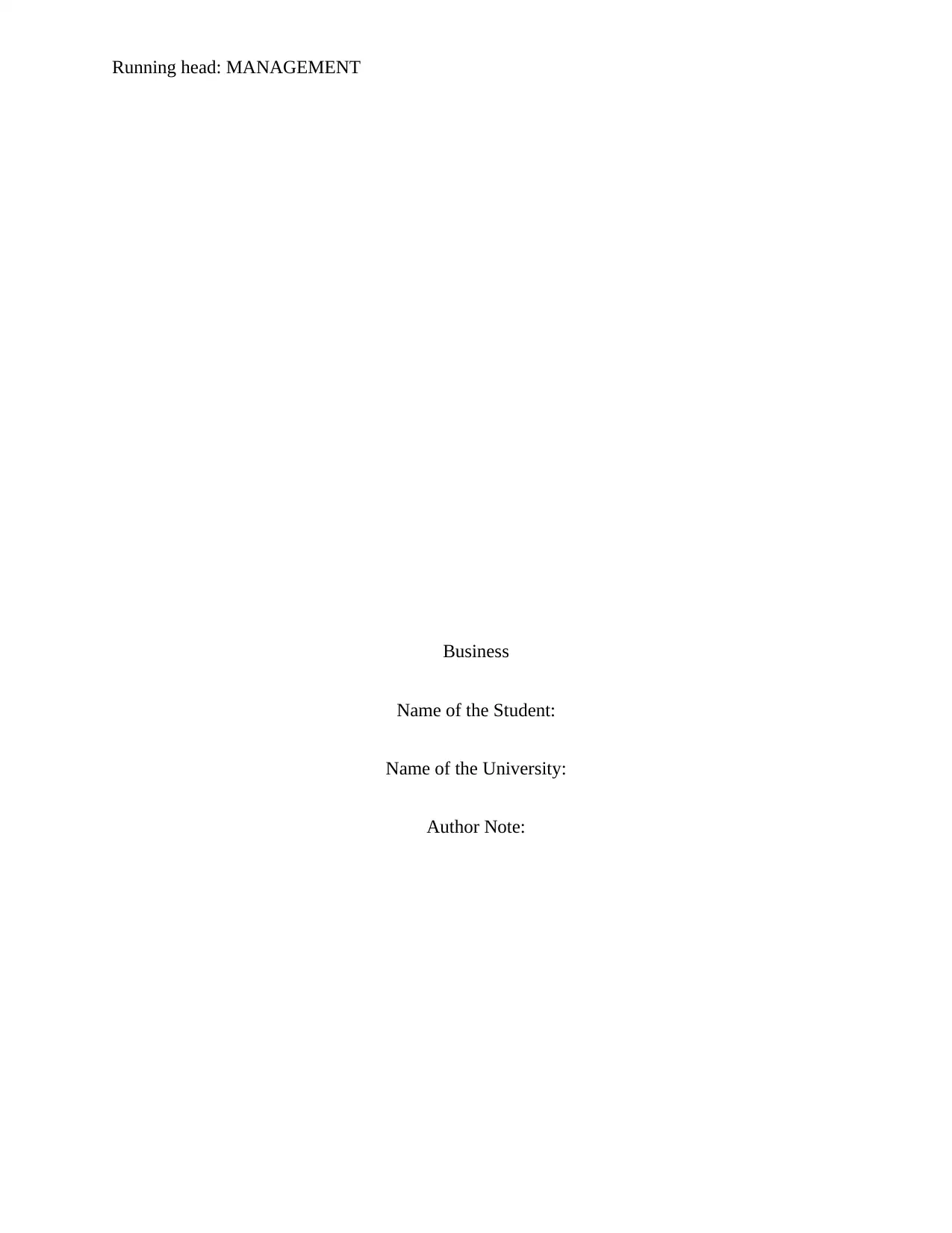
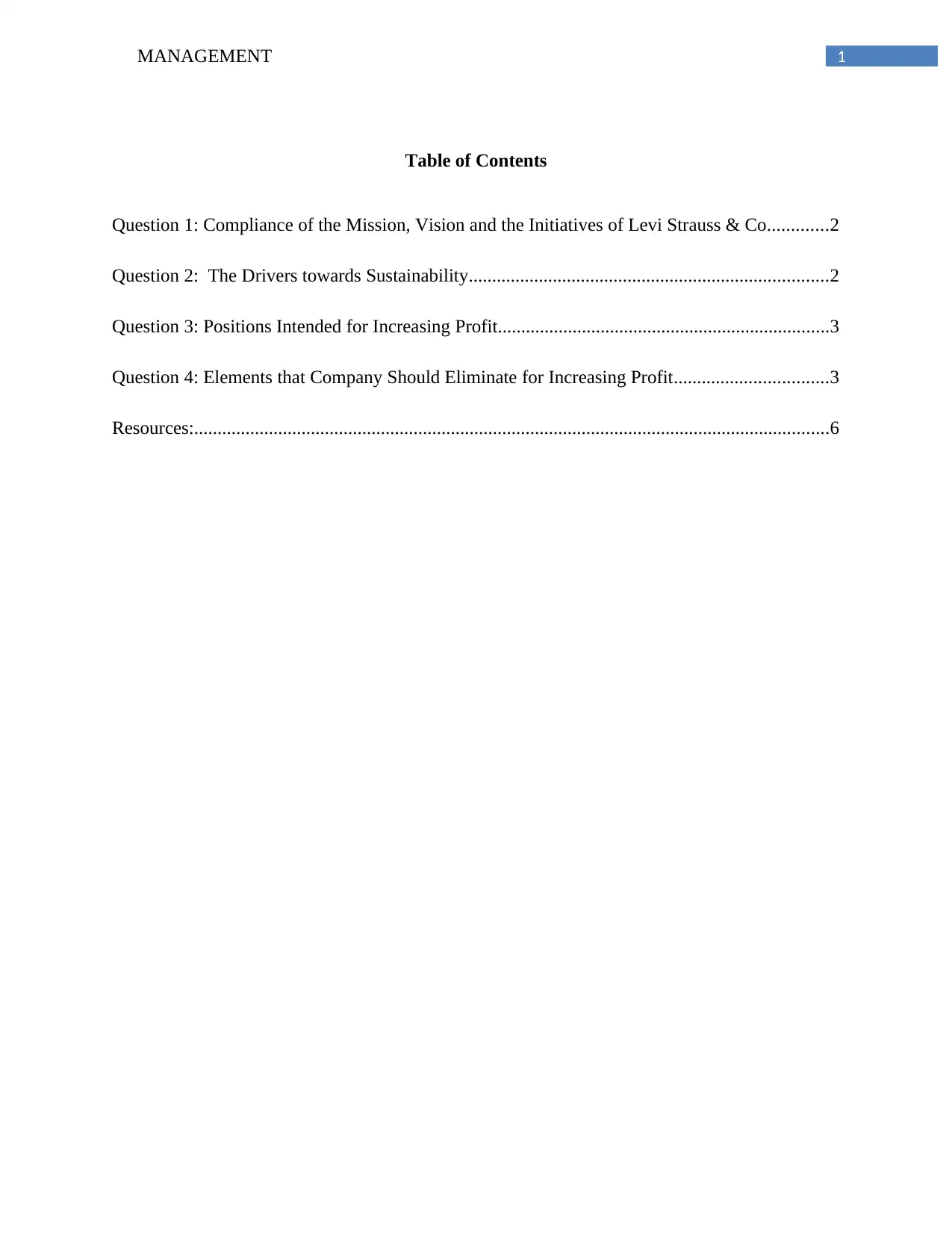
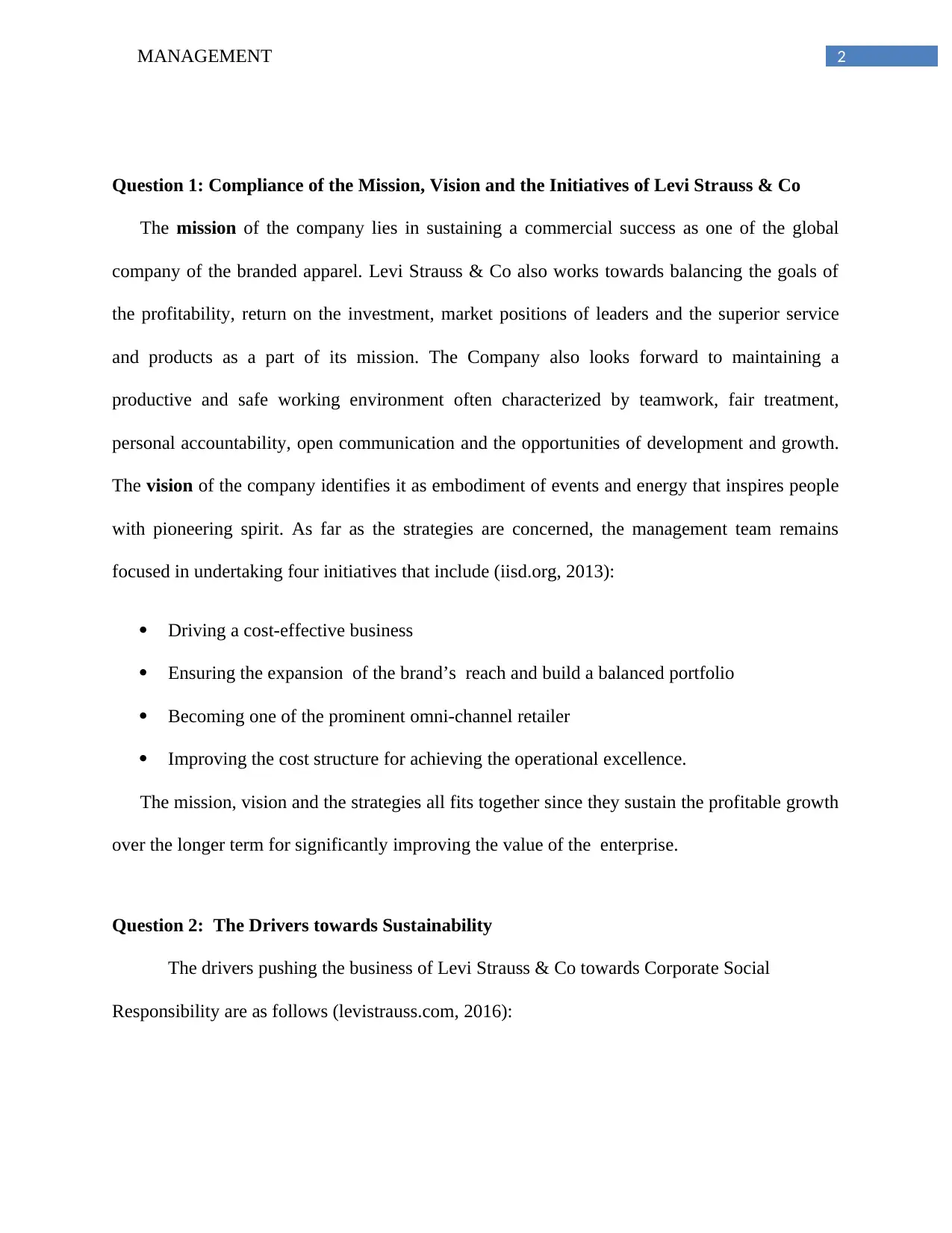

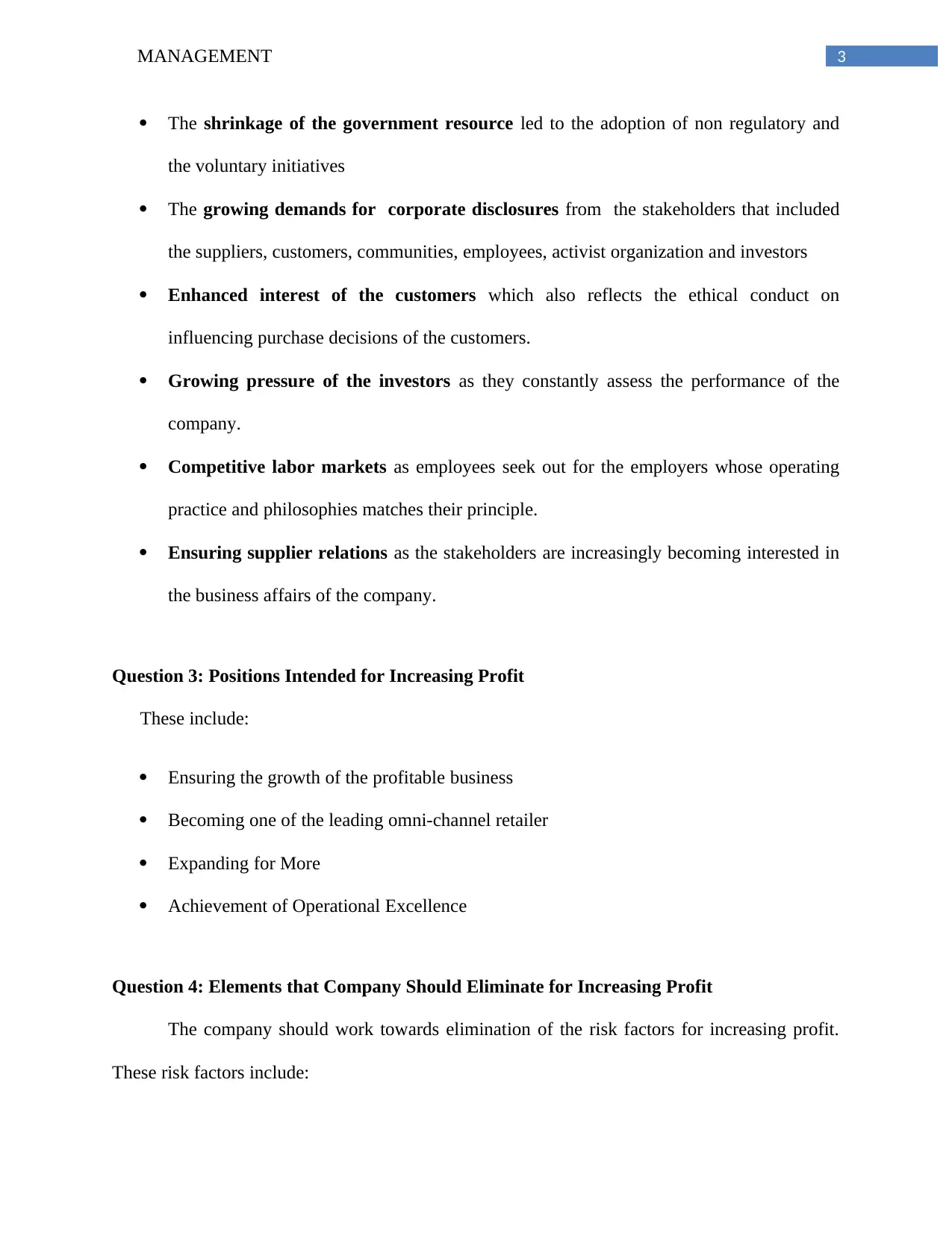
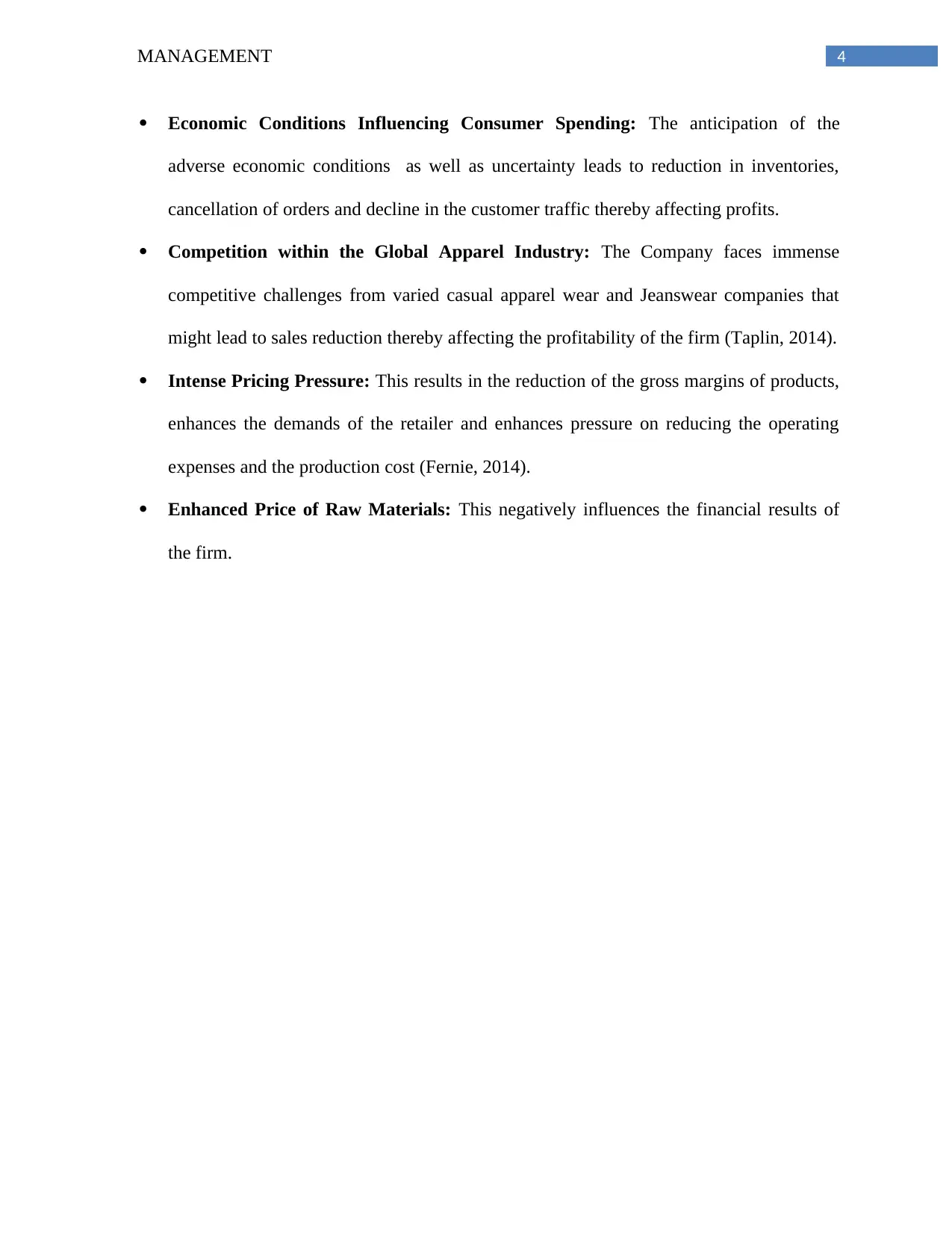
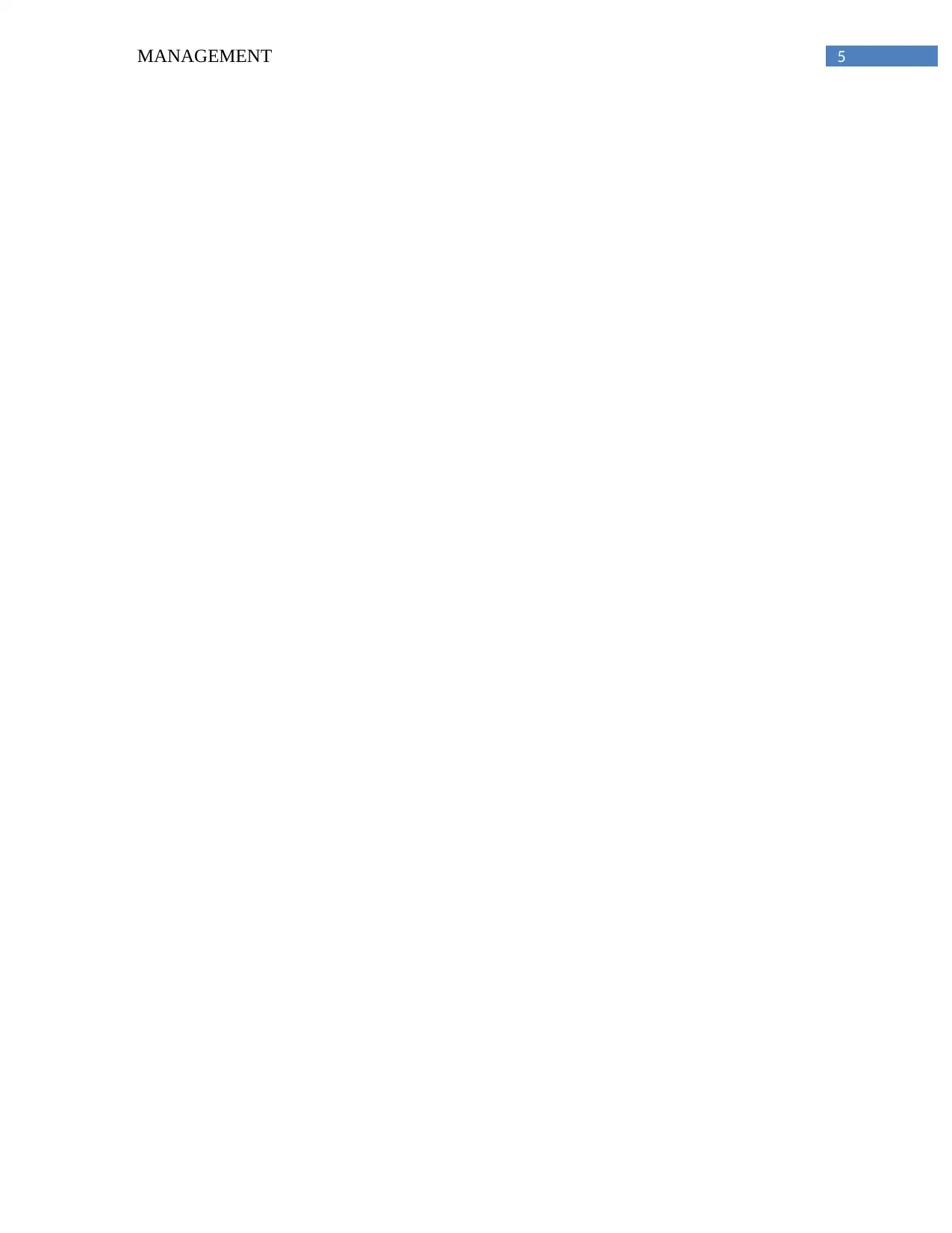
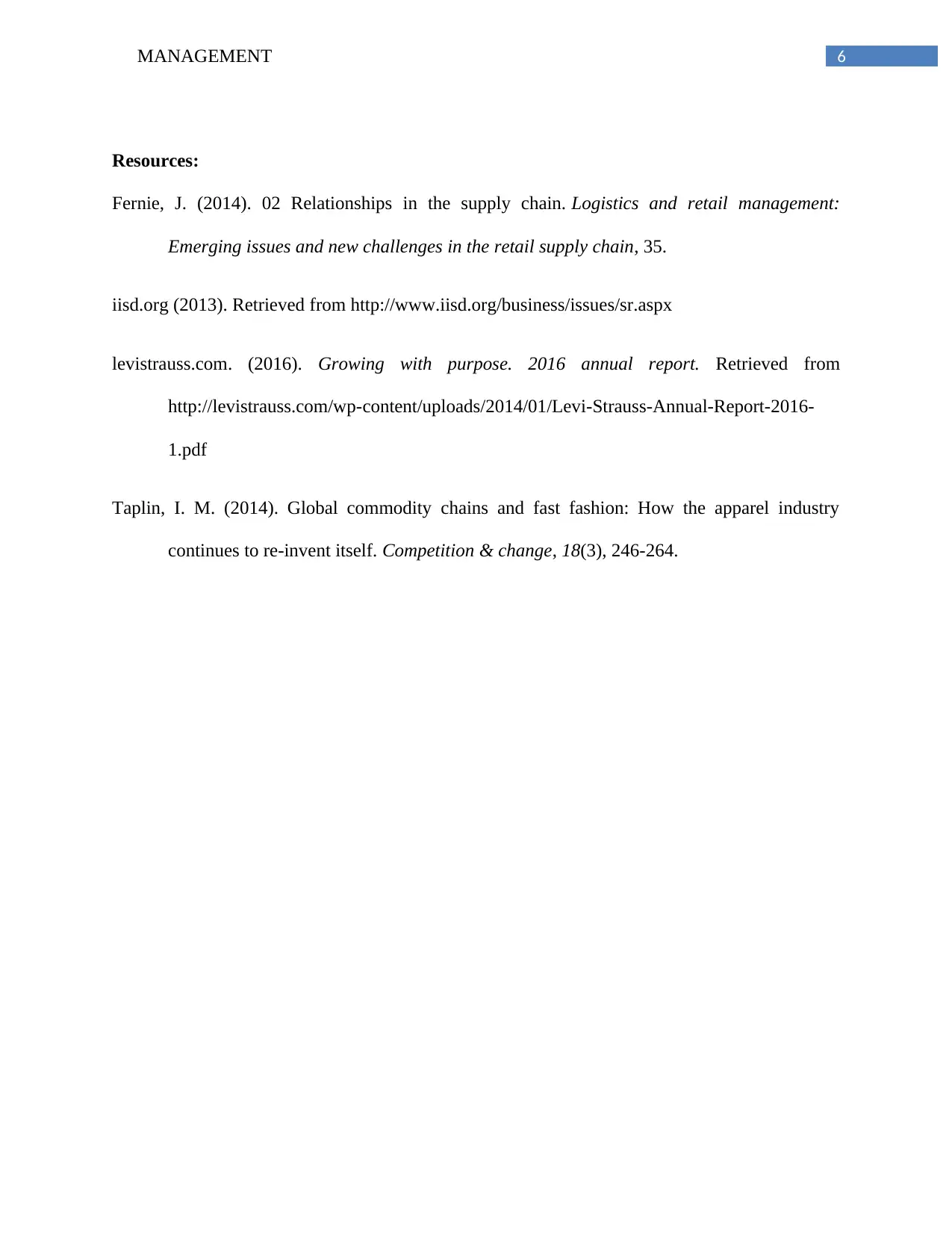




![[object Object]](/_next/static/media/star-bottom.7253800d.svg)